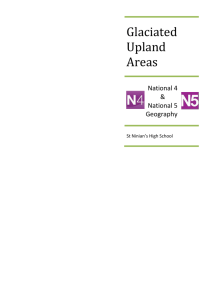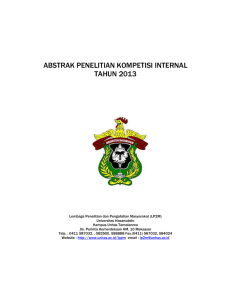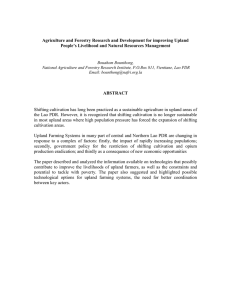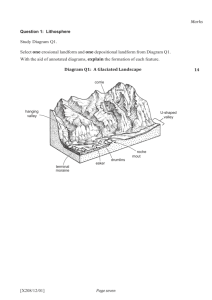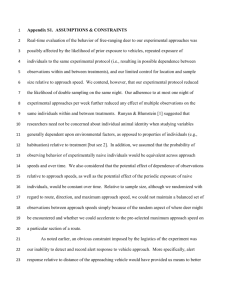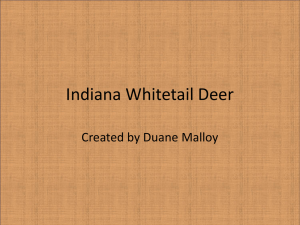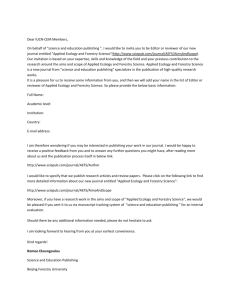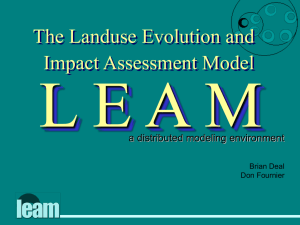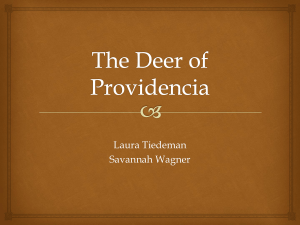Cairngorm - Clydebank High School
advertisement
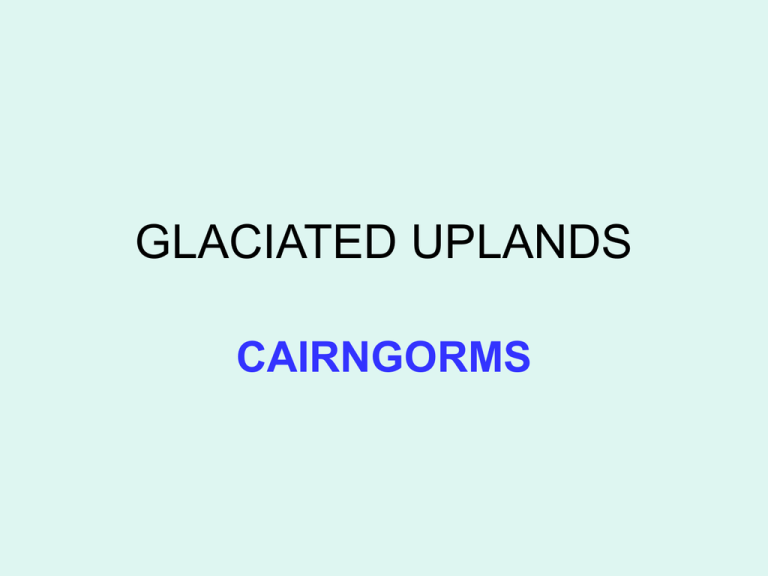
GLACIATED UPLANDS CAIRNGORMS LANDSCAPE • • • • • Large mountain mass of granite Several summits over 900m Heavily glaciated Many corries facing north Major glacial troughs Landuse 1 • Highest mountains are wildscape • Recreational uses – climbing, walking. • Corries on north slope of Cairngorm for skiing Landuse 2 • Middle height land for forestry. • Some native (Scots Pine) estate managed • Some Forestry Commission plantings of extensive coniferous – monotonous • Some deer forest (open moorland managed for shooting) • Public access on Forest Walks Landuse 3 • Low ground in valley mainly farmland • Largely mixed and pastoral with sheep on higher ground • Recreational use of lochs – boating, canoeing and fishing • Urban development in Aviemore area. Conflicts • Recreation and Tourism create pressures on upland – conflict with internationally valued wildscape ecology • Estates protect upland for deer management and shooting- conflict with public access • Forestry need to shut out deer to allow regeneration but fences restrict public access Mountain Conflicts • Cairngorm Summit has a world recognised significance as an alpine environment • Conservation is requirement under Environmental objectives • Overuse by walkers leads to erosion of footpaths damaging the fragile ecosystem and plant habitats • Skiing in the thin frozen snow conditions strips the vegetation and scars the hillside The Issues • The approval of the Funicular Railway went against all scientific advice. It was opposed by environmental groups but backed by Highland Council • Scottish Natural Heritage originally opposed the plan but agreed after restrictions on summer walkers leaving the top station were included. • Is the National Park able to control these issues without full planning control
